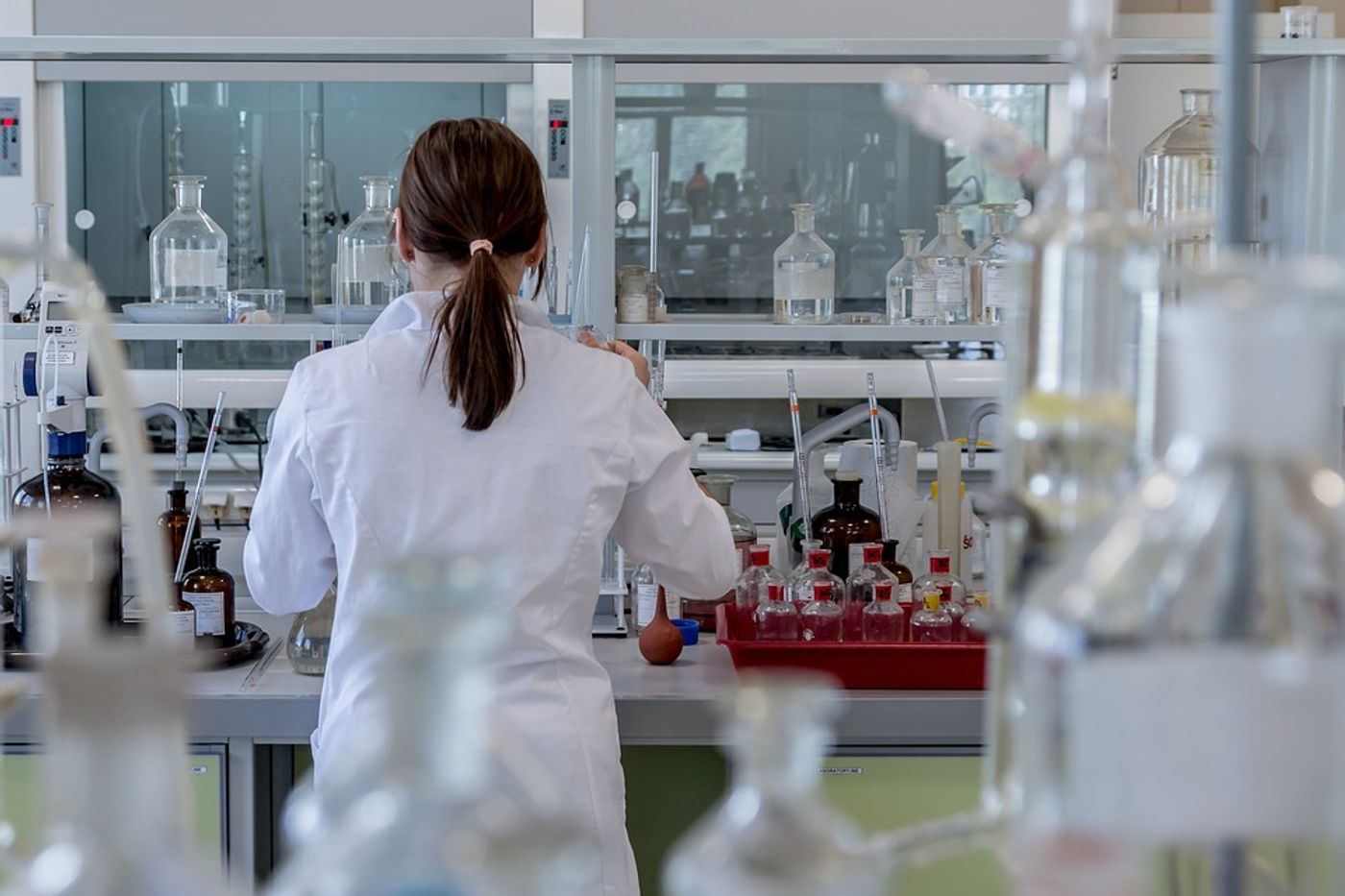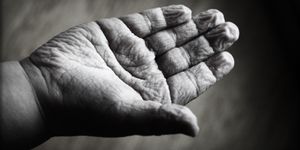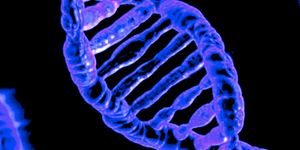Scientists Have A New, Better Way to Measure "Bad" Cholesterol
High levels of “bad” cholesterol, also known as low-density lipoprotein (LDL), is a well-known risk factor for all kinds of heart disease. For decades, scientists have used an approach called the Friedewald method to measure LDL, but now Johns Hopkins scientists have a better, more accurate approach that no longer requires patients to fast the night before.
By measuring levels of LDL in the blood with better accuracy than ever before, scientists can identify individuals who might be at risk of heart disease. LDL levels over 70 milligrams per deciliter indicates a person’s risk of adverse cardiac events like heart attack and arrhythmias. And by dismissing the need for fasting the night before an LDL blood test, medical professionals can conduct more convenient cholesterol screenings.
"Although the new LDL calculation method is a bit more complex, the beauty is that it can be performed using information that is already collected in the blood sample for the standard lipid profile and automated in the lab's computer system to give a more accurate result," explained Seth Martin, MD, MHS, who developed the new method alongside colleagues from Johns Hopkins University.
As the traditional approach to calculating cholesterol, the Friedewald method requires fasting blood samples for optimal accuracy. This method calculates LDL by measuring total cholesterol and then subtracting “good” cholesterol, or high-density lipoprotein (HDL). However, the Friedewald method does not consider differences among individual patients.
The new method does take into account individual variation, with a chart of 180 different factors for those using the test to better measure LDL at not extra time or cost. In 2013, Johns Hopkins researchers found that the Friedewald method underestimates LDL levels, especially for participants with high triglycerides, which are higher in people with obesity and diabetes.
In the new study, using data from over 1.5 million people in the United States, researchers found that LDL calculation from non-fasting data was 92 percent accurate using the new Johns Hopkins method compared to 71 percent using the Friedewald method.
However, for some patients at an especially high risk of heart disease, fasting before a cholesterol blood test is still important, considering the high value of the test’s utmost accuracy for deciding treatment approaches.
"Some patients can have sizable changes in triglycerides after eating, and that is what makes the older Friedewald method less accurate for these people because this isn't taken into account and it exaggerates the underestimation problem of LDL levels," explained Vasanth Sathiyakumar, MD. "One of the strengths of our analysis is that we don't look at average responses but rather look at each participant's personalized levels using 180 different factors to determine a more accurate calculation."
The present study was published in the journal Circulation.
Sources: Atherosclerosis, Johns Hopkins Medicine









